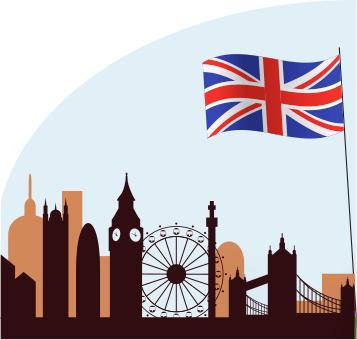Expat adventures
01.08.2020 MagazineSwiss National Day is easily one of my favourite public holidays. Celebrated each year on the first of August, what makes National Day so special is its focus on family and tradition, escaping the rampant commercialism that today pervades Christmas, Easter and Hallowe’en.
The origins
Its origins stem from the beginning of August 1291, when the cantons of Uri, Schwyz and Unterwalden signed the Federal Charter. This alliance was to become the focal point around which the Switzerland of today was built – an excellent cause for celebration! Although National Day has been recognised since 1891, it didn’t become an official holiday until just over one hundred years later.
It’s convenient the agreement was signed in high summer because it’s the perfect time to kick back and relax. You’ll find many outdoor activities on offer throughout the day: bonfires, fireworks, parades and barbecues are all commonplace. You certainly don’t have to wander far to stumble across a semi-circle of alphorns playing in soulful harmony.
And the national dress! So many ladies turn out in colourful smocked dresses with puffed sleeves, ribbons, aprons and bonnets, while the men wear flowered shirts and corduroy waistcoats. It’s wonderful that people still celebrate their heritage in this manner. I couldn’t even hazard a guess at England’s national dress. A pinstripe suit and bowler hat for men? Maybe? And for women? No clue.
Memorable
Over the years my family has celebrated National Day in all sorts of ways. We’ve eaten fancy meals at the swanky hotels, oohed and aahed at magnificent firework displays, enjoyed informal picnics and hosted dinner parties for friends. But in 2012 we made National Day a real family affair: both my parents and my husband’s mother were over on a visit from the UK. (That’s a top tip with visitors by the way – invite relatives from both sides of the family at the same time. They keep themselves entertained and everyone stays on their best behaviour, preventing the inevitable arguments. A good friend of mine swears by this approach to keep Christmas civil.) But I digress…
We were living in Rougemont at the time. Our two older children were still young enough to not mind
being seen out with us in public, while our youngest marched around waving the national flag as though he was Swiss born and bred. After a relaxing barbecue lunch, we decided to join the main celebrations in the centre of town that evening. On offer was traditional live music, a bar and the inevitable grill stand selling sausages and bread on a square of cardboard. Perfect.
Hot, hot, hot!
There was also a bonfire. Hailing from England, my association with bonfires is firmly connected with Guy Fawkes Night on the fifth of November when the evenings are cold, damp, dark and invariably rainy. Seeking warmth, you huddle as close to the bonfire as you dare.
But that National Day had been blisteringly hot.
So there was a fireman on duty. Dressed in full (and doubtless heavy) fire-fighting kit, his role was to keep us safe and the bonfire under control by spraying the surrounding grass to extinguish any rogue sparks or embers. It looked like thirsty work and I hope he was awarded a free beer or two at the end of his shift.
He was the unsung hero that night and his commitment to the community without question. Not unlike the three men from Uri, Schwyz and Unterwalden, in fact, who in 1291 swore eternal allegiance to one another, promising mutual help and assistance.
ANNA CHARLES




